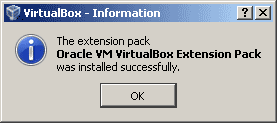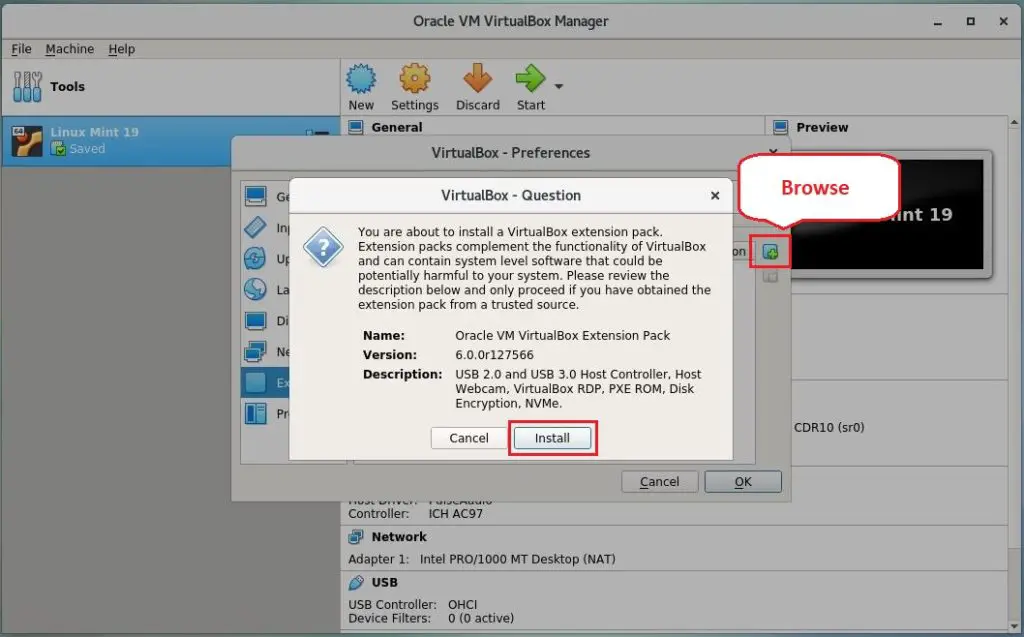

If you already downloaded the VirtualBox Extension Pack, simply run the following command in the Terminal: Mac users can also install the VirtualBox Extension Pack through the command line in one of two ways, manually or with cask. Installing VirtualBox Extension Pack via Command Line Note that if you are a Mac user running into VirtualBox kernel driver failures, you can typically resolve that with these instructions that are specific to modern versions of macOS like Catalina, Mojave, and Big Sur.Īdditionally, in some rare cases to be able to successfully update VirtualBox you may need to first uninstall VirtualBox from the Mac before attempting to install it again. It’s generally easiest to simply get the latest version of both VirtualBox and the VirtualBox Extension Pack.

If you encounter some error message about compatibility, it’s likely because either your VirtualBox version is out of date and needs to be updated (often followed by a reboot), or the version of the Extension Pack downloaded is not up to date or at least compatible with the version of VirtualBox you have installed. Troubleshooting VirtualBox Extension Pack Installation You may need to restart some VMs, reconfigure some VM settings, and relaunch VirtualBox for changes to take effect.

That’s it, you’ve now installed VirtualBox Extension Pack and you are ready to use it. Confirm that you wish to add and install the VirtualBox Extension Pack and authenticate with an admin login if necessary.Click the + plus button to add an extension to VirtualBox and then navigate to the freshly downloaded VirtualBox Extension Pack file.Go to the VirtualBox Preferences by pulling down the VirtualBox menu and choosing “Preferences” (Note this is app preferences, different from VM Settings).Open VirtualBox if you have not done so already.



 0 kommentar(er)
0 kommentar(er)
